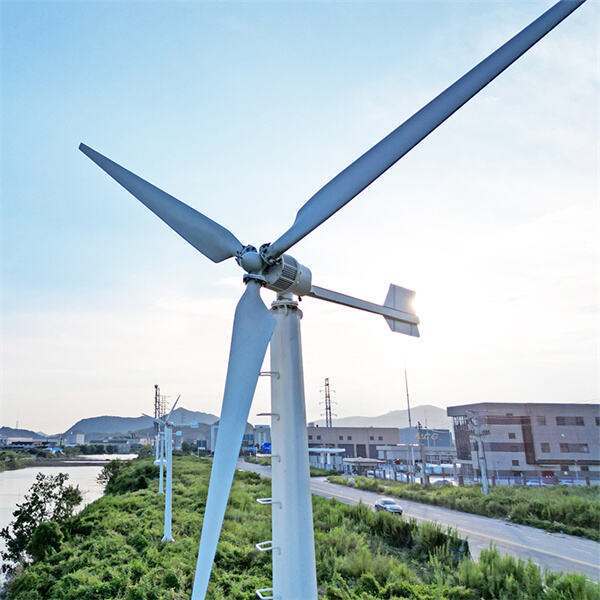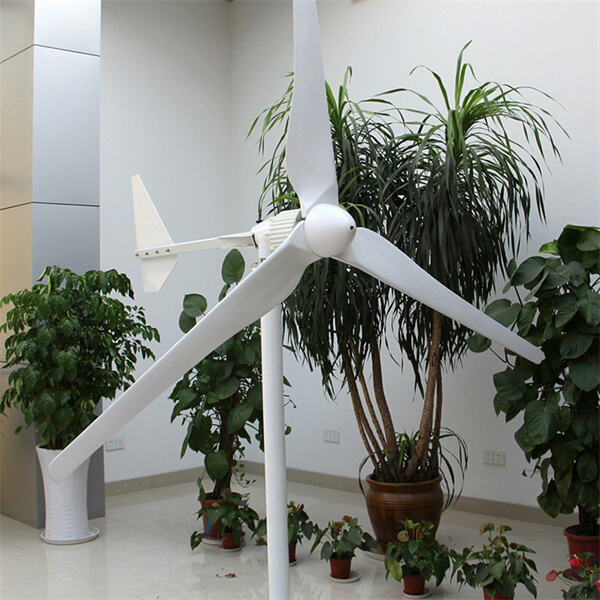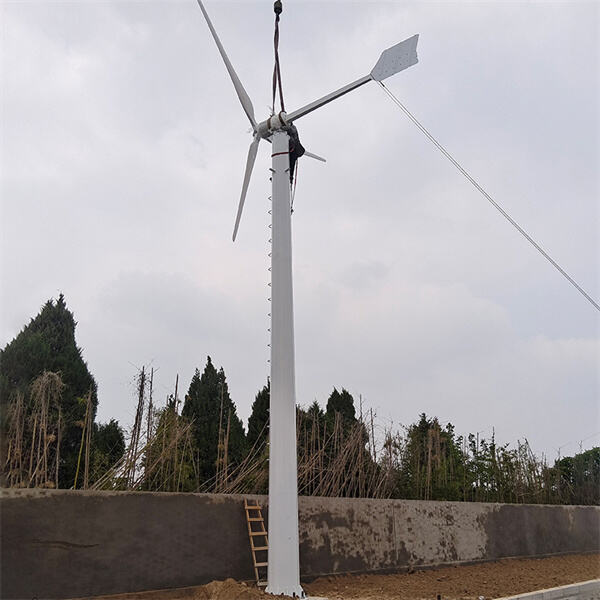Windmills with generators produce electricity from the wind. They are large machines with blades that turn when the wind blows. The spinning blades rotate a generator housed in the turbine to generate electricity.
Inside the wind turbine is a generator connected to the blades. Wind moves the blades as it blows. This rotation spins the generator, which makes electricity. The electricity is next delivered to homes and buildings to light, heat and cool and power appliances for consumers.
There are lots of advantages to wind turbines. They are a form of clean energy, so they don’t create pollutants as other energy sources do. They harness a renewable resource — the wind — that will never be exhausted. Wind turbines offer one way to reduce our reliance on fossil fuels and reduce the harmful emissions that cause climate change.

Special technology is used by the wind turbines to harness the power of the wind. The blades are designed to capture as much wind as possible and transform it into energy. Within the turbine, the generator produces electricity through a process known as electromagnetic induction. That means that the plant converts mechanical energy into electrical energy that can be used to power homes and businesses.

Generators are also critical for getting wind turbines to work better. Today’s technology is also improving — generators are getting more efficient at converting the wind’s energy into electricity. This is a big deal because it means that we can generate more electricity with fewer wind turbines, thus making wind power more affordable and sustainable. Upgraded generators also play a key role in elevating the output of wind turbines overall for energy supplies that can depend on.

Wind turbines are critical for producing clean, renewable energy. They are an important step toward a more environmentally friendly energy system. Using the wind, wind turbines can serve the energy needs of communities and at the same time keep the earth safe for future generations.